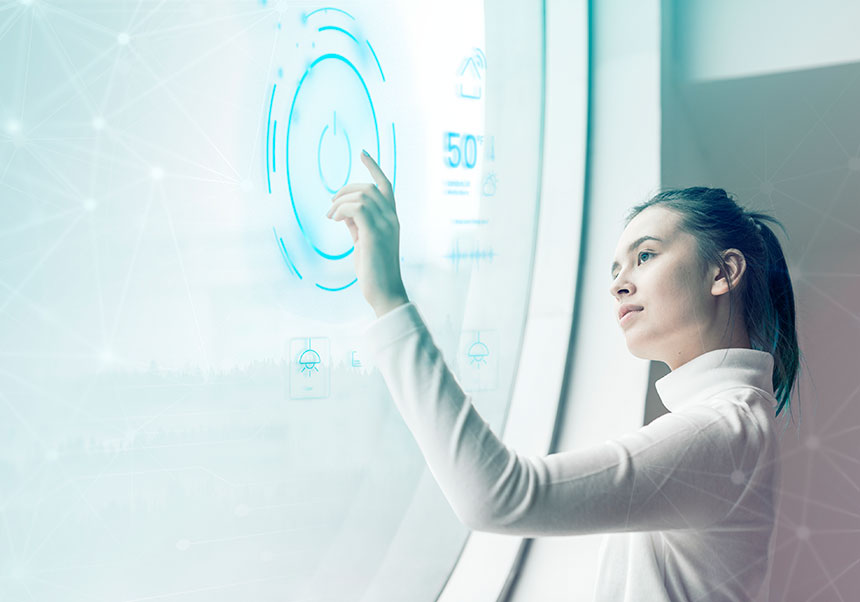
The technological irruption of AI (Artificial Intelligence) has had a great impact on all aspects of our lives and, unsurprisingly, it has also had repercussions on culture and cultural policies.
One of the leading specialists in the development of AI in culture is Frenchman Baptiste Caramiaux. He is a researcher at the Centre National de la Recherche Scientifique (CNRS) and a member of the Institute of Intelligent Systems and Robotics (ISIR). He has made important contributions to research in user interfaces for music, computational creativity and musical cognition. His research includes the design and evaluation of new user interfaces for music creation and sound exploration, as well as the exploration of the relationship between human body movement and music perception.
In recent years, digitalisation is changing the way we live in every aspect. NFTs and augmented reality have revolutionised many aspects, as has the development and rise of blockchain. An example of this is the enormous progress made in artificial intelligence, with a potential that has yet to be exploited. There are even applications that make it possible to "create art" through AI, such as DALL-E 2, with the ethical and moral problems that this can cause.
Culture and its policies have not remained aloof from the technological irruption. Artificial intelligence (AI) can have a major positive impact on cultural policies by improving the accessibility, preservation and promotion of culture. Here are some ways in which AI can help:
- Digitisation and preservation of cultural heritage: AI can be used to digitise and preserve cultural artefacts and works of art, enabling better conservation and dissemination of culture. AI can also be used for artwork restoration and damage removal.
- Cultural accessibility: AI can be used to improve cultural accessibility, for example through automatic language translation and automatic subtitling of cultural content. AI can also be used to create more intuitive user interfaces for people with visual or hearing impairments.
- Cultural data analysis: AI can be used to analyse large amounts of cultural data, allowing trends and patterns in culture to be identified. This can be useful for making policy decisions related to culture and for planning cultural events.
- Personalisation of the cultural experience: AI can be used to personalise the cultural experience of visitors to museums and art galleries. For example, AI can be used to recommend artworks and exhibitions based on visitors' preferences.
- Cultural promotion: AI can be used to promote culture through social media and other digital media. AI can be used to identify relevant audiences and personalise cultural promotion messages.
In short, AI has the potential to significantly improve cultural policies by improving accessibility, preservation and promotion of culture.









